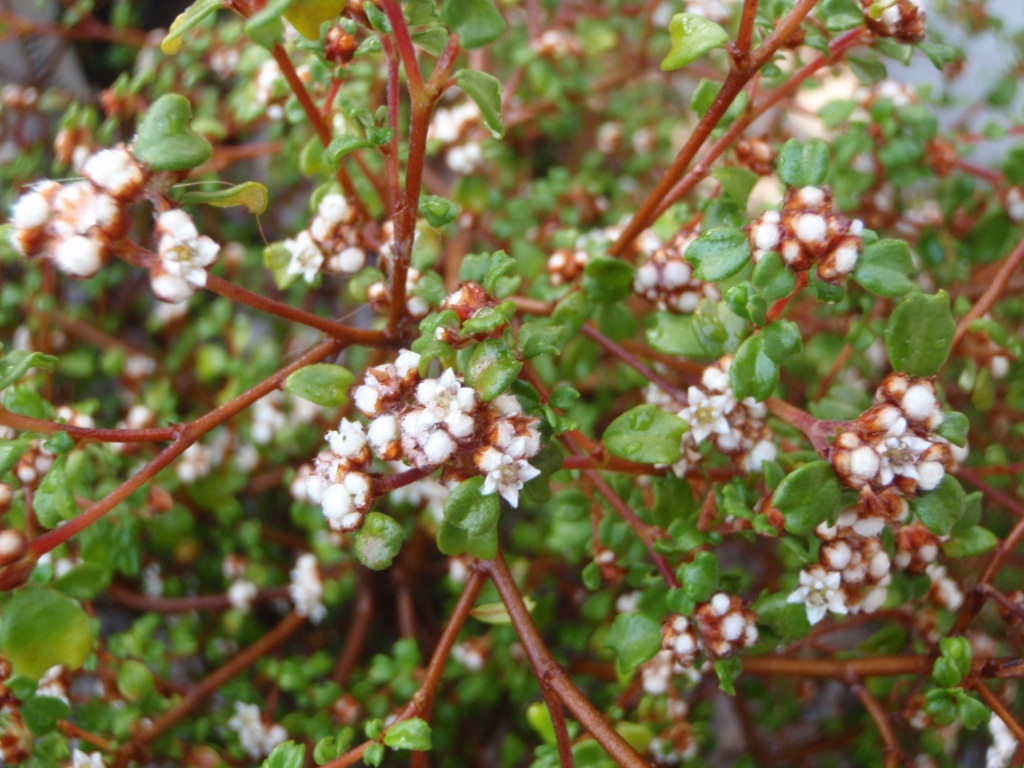Scientific Name: Spyridium obcordatum Endemic Having a natural distribution confined to a particular geographic region
Common Name: creeping dustymiller
Family Classification (Clade): Eudicots
Family: Rhamnaceae
Threatened Species Status: Vulnerable
Permit: It is an offence to collect, disturb, damage or destroy this species unless under permit.
Form Description: Prostrate or decumbent shrub with slender wiry branches up to 40cm long forming dense mounds .
Flowers: Small, 3-6 together in dense heads surrounded by brown bracts and silky hairs.
Fruit: Papery capsule
Municipality
Plant Communities
Habitat Notes
Locally abundant in several areas near Beaconsfield in northern Tasmania and near Spring Bay on the east coast.
Site Tolerance
Dry, Exposed, Moist, Rocky, Windy
Soil Tolerance
Fertile, Loam, Nutrient-poor, Poorly-drained, Sandy, Well-drained
Frost Tolerance
Moderate
General Notes
Seed stored in soil responds to disturbance. Can sprout after grazing and probably after fire. Attracts butterflies. Resistant to Phytophthora cinnamomi.
Propagation Calendar
-
Flowering Month
Jan Feb Mar Apr May Jun Jul Aug Sep Oct Nov Dec -
Seed Collecting Month
Jan Feb Mar Apr May Jun Jul Aug Sep Oct Nov Dec -
Sowing Month
Jan Feb Mar Apr May Jun Jul Aug Sep Oct Nov Dec -
Cutting Month
Jan Feb Mar Apr May Jun Jul Aug Sep Oct Nov Dec
Propagation Method
Seed Information
Seed Collection
Difficult to grow from seed. Capsules release brownish-black small seeds from valves when mature. Close monitoring is required. Fruit become brown and dry at maturity and are cut from the plant. Nearly mature fruits can be bagged.
Seed Treatment Method
Hot Water Hot water is used to soften the hard seed case of some species. This replicates the weathering process. Pour hot (not boiling) water over the seeds and allow them to soak for 4-12 hours.
Seed Treatment Notes
Short, hot treatment before sowing, or try smoke treatment.
Germination Time
10-60 days
Cutting & Division Information
Usually grown from cuttings.
